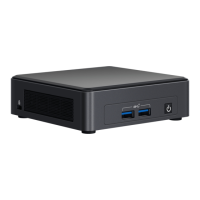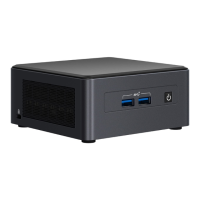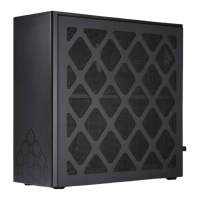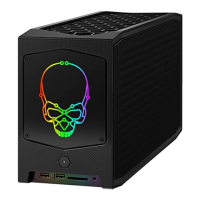
Do you have a question about the Intel PRO/1000 GT and is the answer not in the manual?
| Interface | PCI |
|---|---|
| Data Rate | 10/100/1000 Mbps |
| Connector | RJ-45 |
| Network Standards | IEEE 802.3, IEEE 802.3u, IEEE 802.3ab |
| Form Factor | Plug-in card |
| Device Type | Network adapter |
| Data Link Protocol | Ethernet, Fast Ethernet, Gigabit Ethernet |
| Data Transfer Rate | 1 Gbps |
| Bus Type | PCI |
| Full Duplex | Yes |
| Wake-on-LAN | Yes |
| Ports | 1 x RJ45 |
| Compliant Standards | IEEE 802.3, IEEE 802.3u, IEEE 802.3ab |
| Operating Systems Supported | Windows, Linux, NetWare |
| Jumbo Frames | Yes, up to 9KB |
Procedure for installing a network adapter or upgrading driver software.
Step-by-step guide to physically installing the network adapter into a computer.
Procedure for installing drivers and software on Windows operating systems.
Details about the Intel Boot Agent software for network booting.
Updating flash on Intel Ethernet adapters using PROSet.
Installing UEFI network drivers onto the adapter's option ROM.
Updating adapter flash using the BootUtil command line utility.
Installing UEFI network driver option ROM from the UEFI shell.
Steps for installing user-mode Network Direct (ND) iWARP features.
Guidance on selecting the appropriate PCI-Express slot for adapter installation.
Step-by-step instructions for inserting the adapter into the computer slot.
Specifications for fiber optic cable types and lengths for different adapters.
Enabling PCI Hot Plug support in Windows operating systems.
Procedure for installing drivers and software packages on Windows.
Instructions for installing drivers and PROSet on Windows Server Nano.
Unattended driver installation utility DxSetup.exe options.
Parameters for DxSetup.exe to enable/disable management applications.
Switches for silent installation, reboot, and other options for SetupBD.exe.
Adapter auto-negotiation with link partners for speed and duplex.
Selecting a profile optimizes adapter settings for specific applications.
Configuration settings for Receive Side Scaling on the adapter.
Configuration settings for FCoE RSS on the Advanced Performance tab.
Using Intel Advanced Network Services (ANS) Teaming for fault tolerance.
Step-by-step guide to creating a new adapter team.
Provides automatic redundancy for network connection upon adapter failure.
Provides failover between two adapters connected to separate switches.
Distributes data traffic load among multiple physical channels.
Balances traffic across VMs and provides fault tolerance.
Combines multiple physical channels into a single logical channel for performance.
Modifying Intel PROSet settings using PowerShell cmdlets.
Syntax for the Save and Restore Command Line Tool.
Example of saving adapter settings to a removable media device.
Example of restoring adapter settings from removable media.
Configuring DCB functions using Windows Device Manager and Intel PROSet.
Customizing Intel Boot Agent behavior in various environments.
Using Intel PROSet to configure and update the Intel Boot Agent software.
Customizing Intel Boot Agent behavior via pre-boot configuration setup.
List of common problems and solutions encountered with Intel Boot Agent.
Configuring Intel Ethernet iSCSI Boot on client initiators.
Setup menu for enabling iSCSI Boot ports and selecting boot devices.
Configuring iSCSI Boot and Internet Protocol parameters for a specific port.
Screen for configuring CHAP authentication settings.
Configuring DHCP server for iSCSI Boot configurations.
Issues encountered during Microsoft Windows iSCSI Boot.
List of common problems and solutions encountered with network adapters.
Using Intel PROSet to run diagnostic tests on the adapter in Windows.
Initiates adapter tests and displays results.











